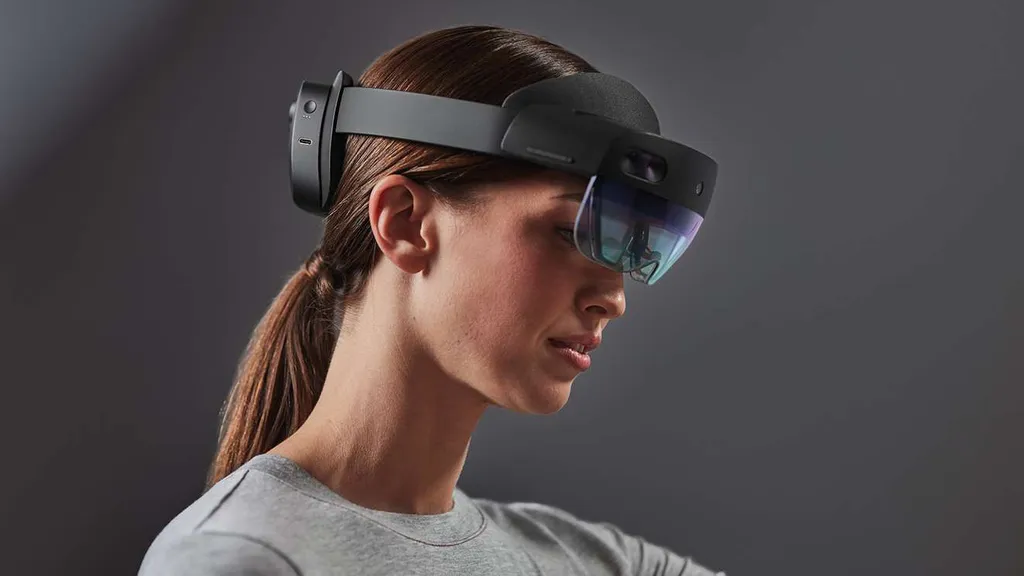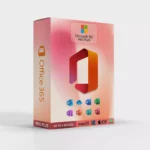As I stand in the bustling halls of Microsoft’s Redmond campus, there’s a palpable sense of nostalgia in the air. Today, October 1, 2024, marks a significant milestone in the tech giant’s history as Microsoft officially announces the discontinuation of its groundbreaking HoloLens mixed reality headset line. This decision brings to a close an eight-year journey that pushed the boundaries of augmented reality and reshaped our understanding of human-computer interaction.
The Rise and Fall of HoloLens
The story of HoloLens began in 2016 when Microsoft unveiled its first-generation headset, a $3,000 device that promised to blend digital content seamlessly with the physical world. As I chat with Sarah Chen, a senior engineer who’s been with the HoloLens team since its inception, her eyes light up as she recalls those early days.
“We were dreamers back then,” Chen reminisces. “The possibilities seemed endless. We wanted to change how people interacted with technology, and in many ways, we did.”
Indeed, the original HoloLens was a technological marvel, building upon some of the innovations first seen in Microsoft’s Kinect accessory for Xbox. It captured the imagination of developers and enterprises alike, finding applications in healthcare, manufacturing, and education.

The Evolution of Mixed Reality
In 2019, Microsoft doubled down on its mixed reality ambitions with the release of HoloLens 2. Priced at $3,500, this second-generation device boasted improved performance and a more comfortable design. However, as Tom Rodriguez, a product manager for HoloLens, explains, the technology remained primarily focused on enterprise applications.
“While we always hoped to bring HoloLens to consumers, we found our niche in professional environments,” Rodriguez says. The impact in fields like healthcare and manufacturing has been truly transformative.”
One of the most significant developments in the HoloLens story came in 2018 when Microsoft signed a $479 million contract with the US military to provide 100,000 devices. This deal, while lucrative, sparked controversy within the company.
“It was a divisive moment,” Chen admits. “Many of us had envisioned HoloLens as a tool for creation and collaboration, not for military applications. It led to some soul-searching about the role of technology in society.”
Now, as we stand at the threshold of a new technological landscape, Microsoft has made the difficult decision to discontinue the HoloLens line. Production of HoloLens 2 has officially ceased, following the end of manufacturing for the original HoloLens in 2018.
For current users, Microsoft has outlined a clear support roadmap. Software support for the first-generation HoloLens will end on December 10, 2024. HoloLens 2 users can expect “updates to address critical security issues and software regressions” until December 31, 2027.
As we walk through the now-quiet HoloLens development labs, Rodriguez reflects on the decision. It’s always tough to say goodbye to a product you’ve poured your heart into. But technology moves fast, and we need to be agile in responding to market demands and emerging opportunities.”
While the consumer version of HoloLens never materialized, its impact on the tech industry is undeniable. The device’s innovative approach to spatial computing and gesture control has influenced numerous products and research initiatives across the globe.
Dr. Emily Zhao, a technology historian at the University of Washington, offers her perspective on HoloLens’ legacy. “Microsoft’s work with HoloLens pushed the entire field of mixed reality forward. Even if the product itself is being discontinued, its DNA will live on in future innovations across the industry.”
Despite the end of the HoloLens line, Microsoft isn’t abandoning mixed reality altogether. The company remains committed to providing HoloLens technology to the US Army as part of its Integrated Visual Augmentation System (IVAS).
Moreover, Microsoft has shifted its focus to partnerships, particularly with Meta. Rodriguez explains, “We’re bringing Xbox Cloud Gaming and Office web app support to Quest headsets. It’s a new chapter in our mixed reality story, one that leverages our strengths in software and services.
This pivot comes at a time when the mixed reality landscape is evolving rapidly. Meta, for instance, recently unveiled its own glasses-style AR prototype, Orion, signaling intense competition in the space.
As the sun sets on the HoloLens era, the mood at Microsoft is one of reflection and anticipation. Chen, who’s been with the project since its inception, shares her thoughts. “HoloLens was more than just a product; it was a vision of the future. While this particular journey is ending, the lessons we’ve learned and the technologies we’ve developed will continue to shape Microsoft’s approach to computing for years to come.
For the tech industry as a whole, the discontinuation of HoloLens serves as a reminder of the challenges in bringing cutting-edge technologies to market. It also highlights the importance of adaptability in a rapidly changing technological landscape.
As I leave the Microsoft campus, the setting sun casting long shadows across the manicured lawns, I can’t help but feel a sense of anticipation. The end of HoloLens may mark the closing of one chapter, but it also signals the beginning of a new one in the ever-evolving story of mixed reality technology.
















Add Comment